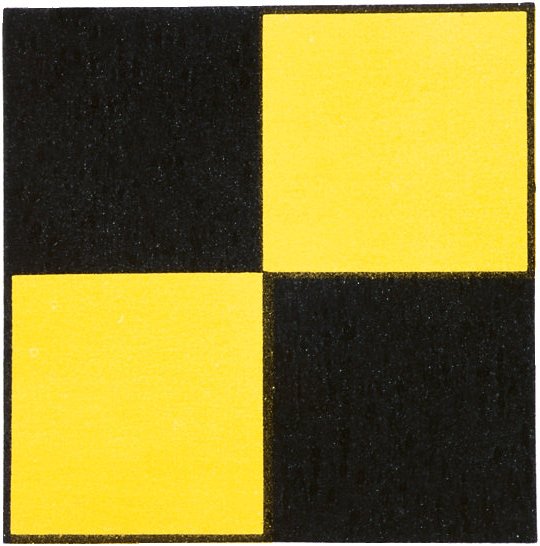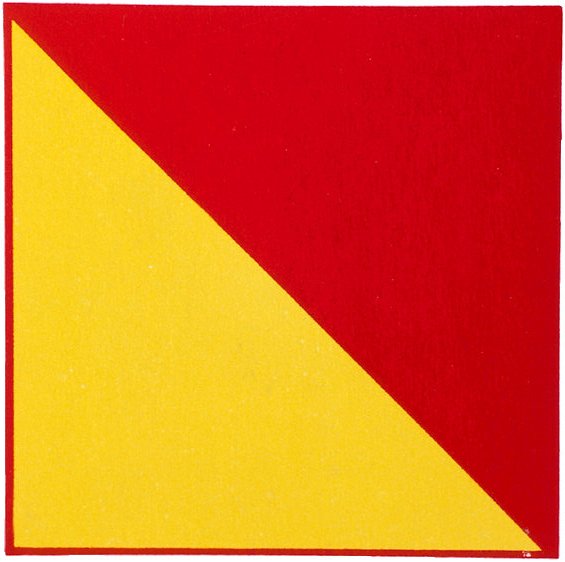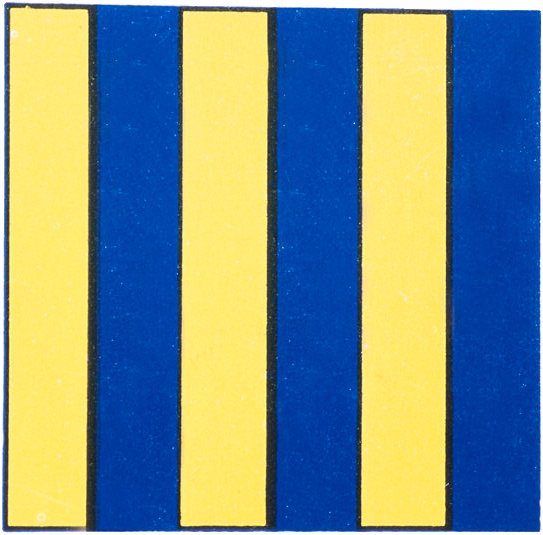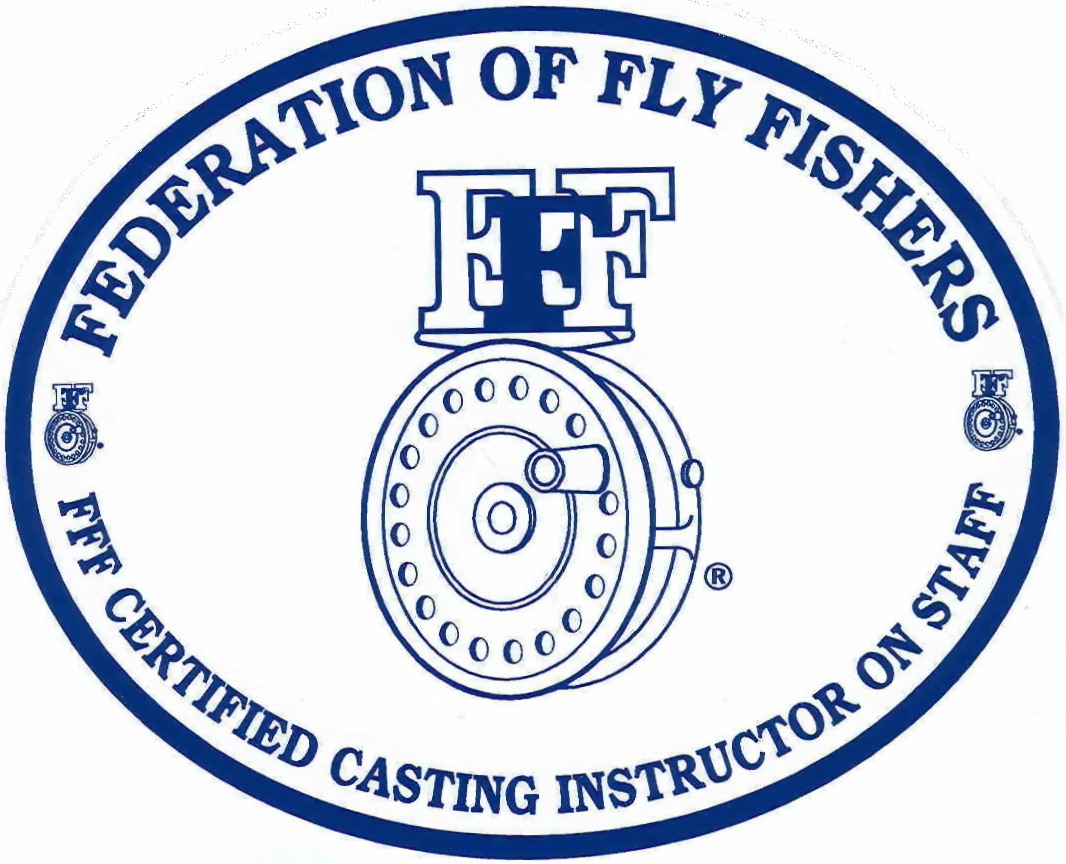The "Belgian" or Oval Cast
by Captain Jim Barr on 03/23/17
The "Belgian" or Oval Cast
Many
fly anglers have essentially two fly casts in their inventory, the
standard Overhead Cast, and the Roll Cast. These by far are the most
commonly used, even by experienced fly casters. There are however a
multitude of other types of casts that we use in fly fishing for
situations brought on by the different flies we are casting, different
fly lines, wind direction and speed, and leader construction. One of my
favorite "alternative" casts is the Belgian cast, sometimes referred to
as the oval, elliptical, tension, circular, horseshoe, swing-around,
wind and constant pressure casts. This is a constant motion cast where
the rod never stops, distinguished from the standard overhead cast that
has a start and a stop motion on the forward and back casts.
 | |
| Macauley Lord's Fly Casting "Bible" |
- it helps in casting heavy sinking tip and shooting head fly lines
- it eliminates much of the risk of weighted fly patterns colliding into the rod on the forward and back casts, which can damage the rod
- it's a great technique to use when casting in very windy conditions. If the angler were to use the standard overhead cast at the higher casting planes, it would often result in the fly line getting knocked down by the force of the wind
TIPS-
- For a strong headwind, it's important to keep the fly line at a low plane on the forward cast. The wind speed is lower closer to the surface of the water. So, on the back cast I instruct the caster to use an overhead (or high plane) back cast at perhaps a 60 degree angle to the water's surface (90 degrees would have the rod pointing to 12 o'clock) and allow the wind to push or carry the fly line out, but then to angle downward and then in a circular or elliptical fashion make a low, sidearm forward cast to the target just above the water's surface.
 | |
| "Flyrod" Frank Farraye MD |
- For a strong tailwind, the reverse motion described above would be employed. Here, I would instruct the caster to make a low sidearm back cast to keep the line close to the water's surface (again lower wind speed), but then to angle up in a circular or elliptical fashion and make a very high forward cast/presentation. Releasing the fly line at a high position takes advantage of the strong tailwind, causing the line to billow-out, resulting in a very long cast. An added technique one can employ is to introduce a short "haul" or tug as the line straightens, to help turn over the leader and fly.
The link below takes you to an excellent article on the Belgian Cast authored by my friend Macauley "Mac" Lord, Master Casting Instructor with the International Federation of Fly Fishers, and head of the L.L. Bean Fly Fishing Schools.
http://midcurrent.com/techniques/the-belgian-cast/





